Do you spend big dollars every spring and fall to purchase new bedding plants for your flower beds? If so, you might find that transitioning to perennials or self-propagating species may save you labor and expense. And now is the perfect time of year to plant.
Plant Selections
Nothing represents spring beauty more than daffodils. By planting daffodil bulbs in the fall, you can ensure a bounteous burst of color the following spring. They will provide beautiful color in the garden and make excellent cut flowers for the home. In addition to their beauty, they add the fragrance that we associate with spring. They are available in several colors and King Alfred is a favorite.
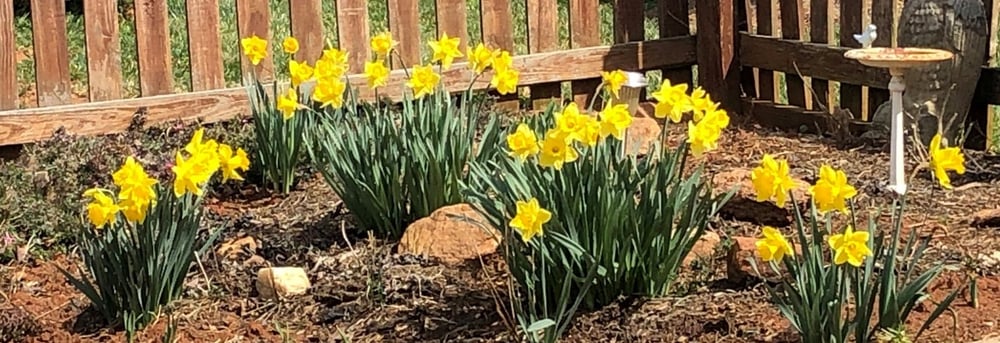
The bonus is that they return year after year and the bulbs multiply.
Coneflowers have always been a favorite of mine and I have discovered the mature plants regenerate each spring. In addition, once the flowers fade, the seed heads mature. I remove these from the plants and separate them and broadcast them in the bed. The following spring, we are rewarded with young plants that will mature and add color to the beds. Coneflowers are available in several colors, but ours are predominantly pink and rose colored with some white and yellow mixed in.
Daffodils and coneflowers are excellent bedding companions, as the daffodils flower early, and as the blooms and foliage subside, the coneflowers mature into a burst of color. Dahlias are also good companions and they are great for cut flowers, as they last for a long time before fading.
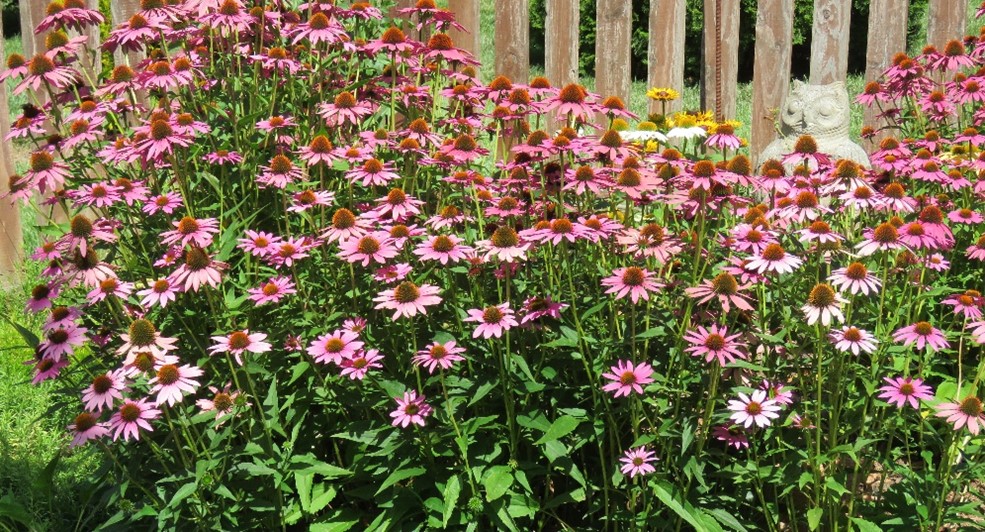
A recent addition to our bedding plants is the use of Vinca. I did not realize that Vinca produced seeds in abundance. This spring we had seedlings by the thousands where we had used them as border plants to replace the winter pansies. I cultivated some of the seedlings and in addition to adding them to beds where they will propagate, I have given away many plants.
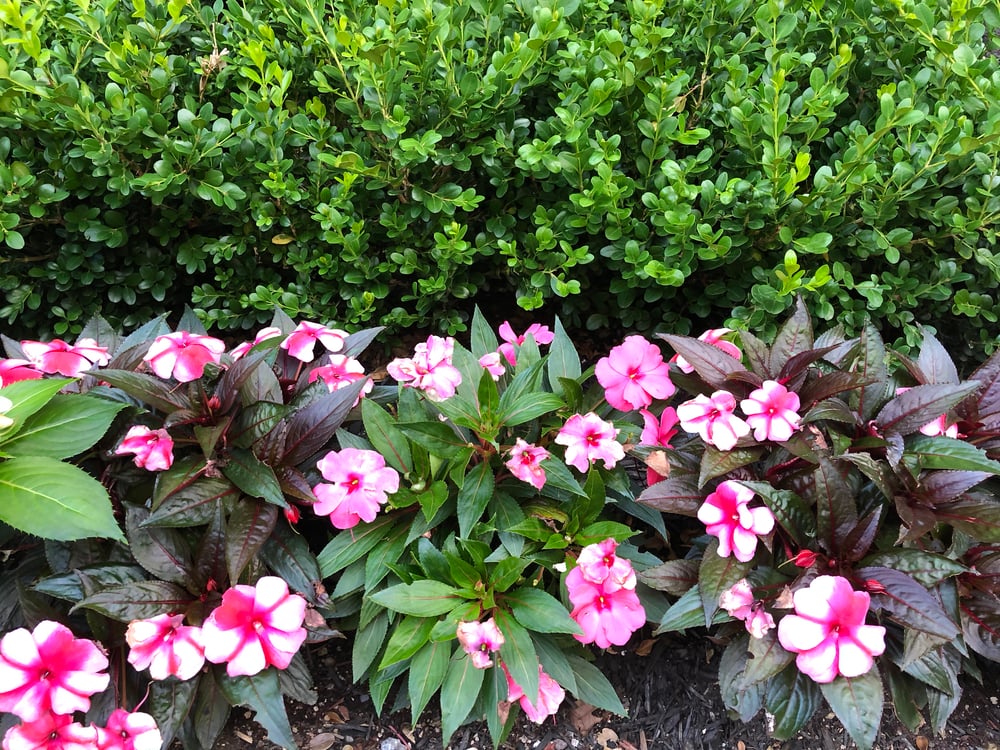
Several years ago, we planted a Confederate Jasmine plant and built a trellis at the end of our screen porch. Each year, in the spring, it is covered with fragrant blooms that smell wonderful when we dine on the porch. It is a hardy plant and requires minimal upkeep, limited to pruning to keep the growth in check.
As noted with the Confederate Jasmine, you are not limited to bedding plants.
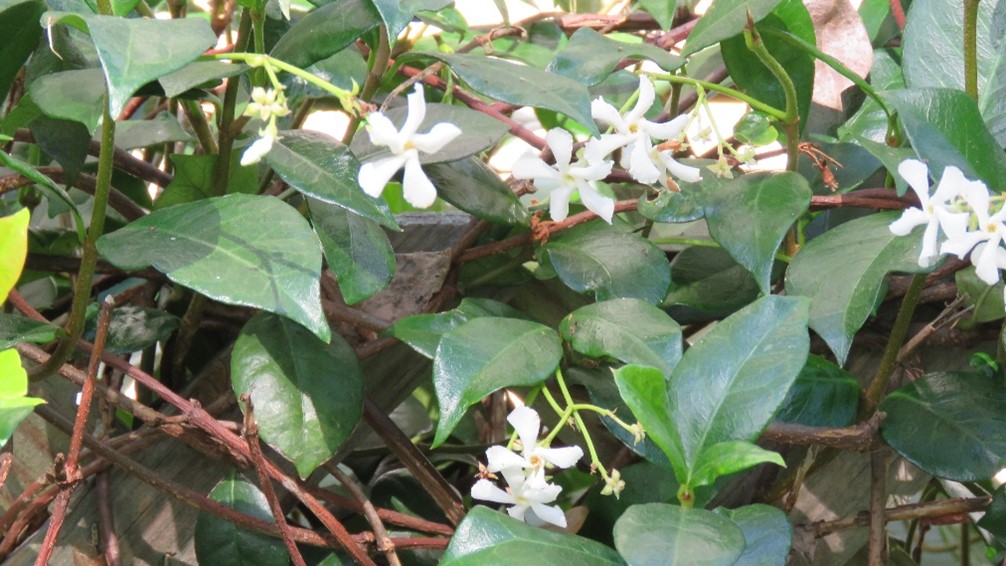
If you desire to have green foliage for contrast, Elephant Ears do well in pots and can reach very large sizes. They also do well in the ground, but we like to plant in pots so that they may be placed at strategic spots around the yard.
An in-ground addition of Hydrangeas can add color in otherwise neglected areas.
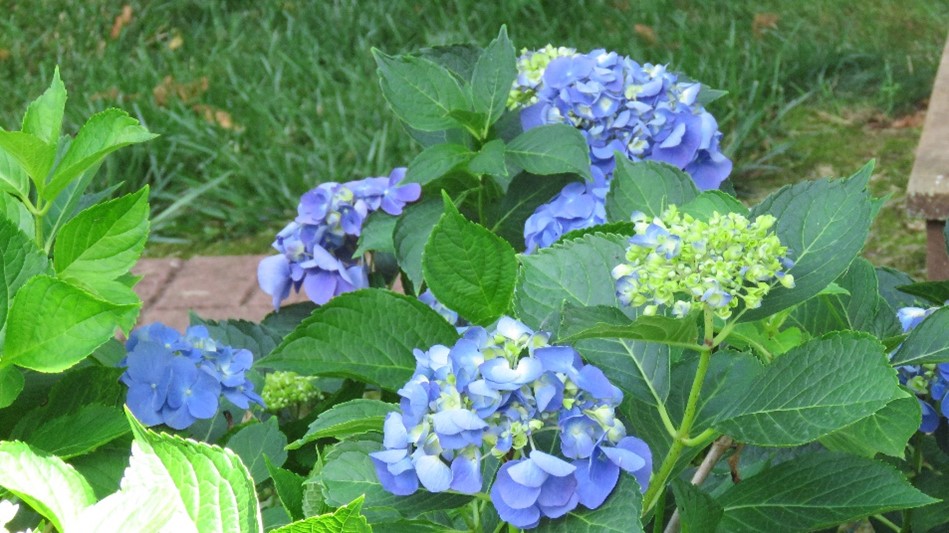
Having a ready supply of perennials makes having cut flowers for accent in the home so easy. By having a choice of color or texture, you can use them in different places to achieve just the look you desire. And with an abundant supply on hand, you don’t feel that you are negatively affecting the appearance of the flower beds.
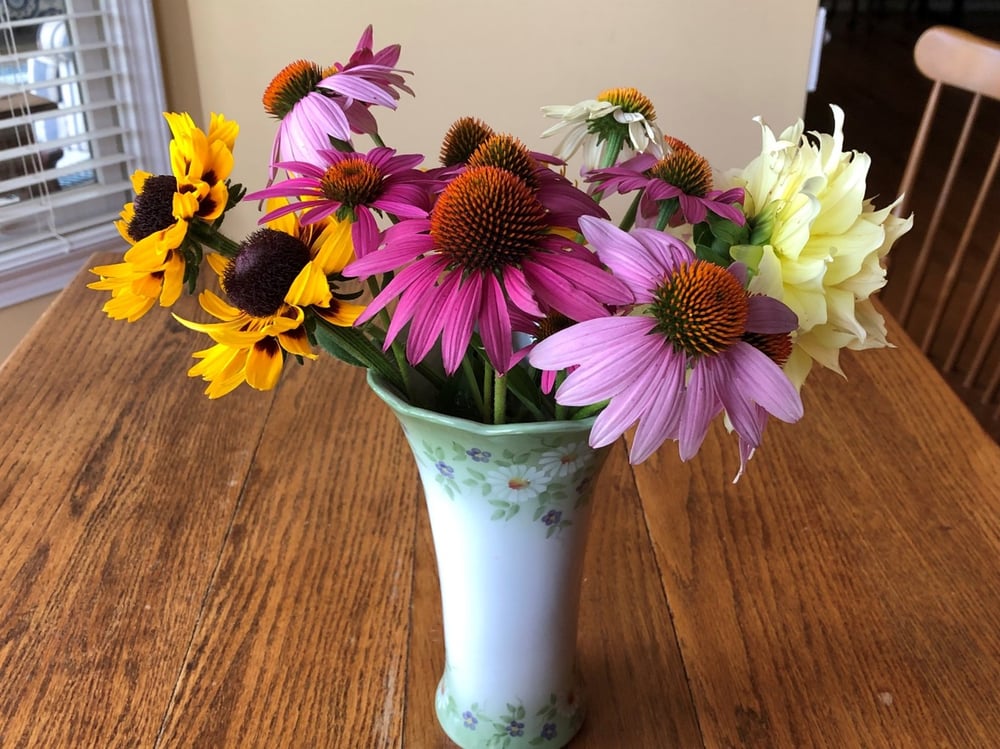
Give perennials a try. You will be delighted with the results and your yard will look great without spending a bundle each spring on new bedding plants.


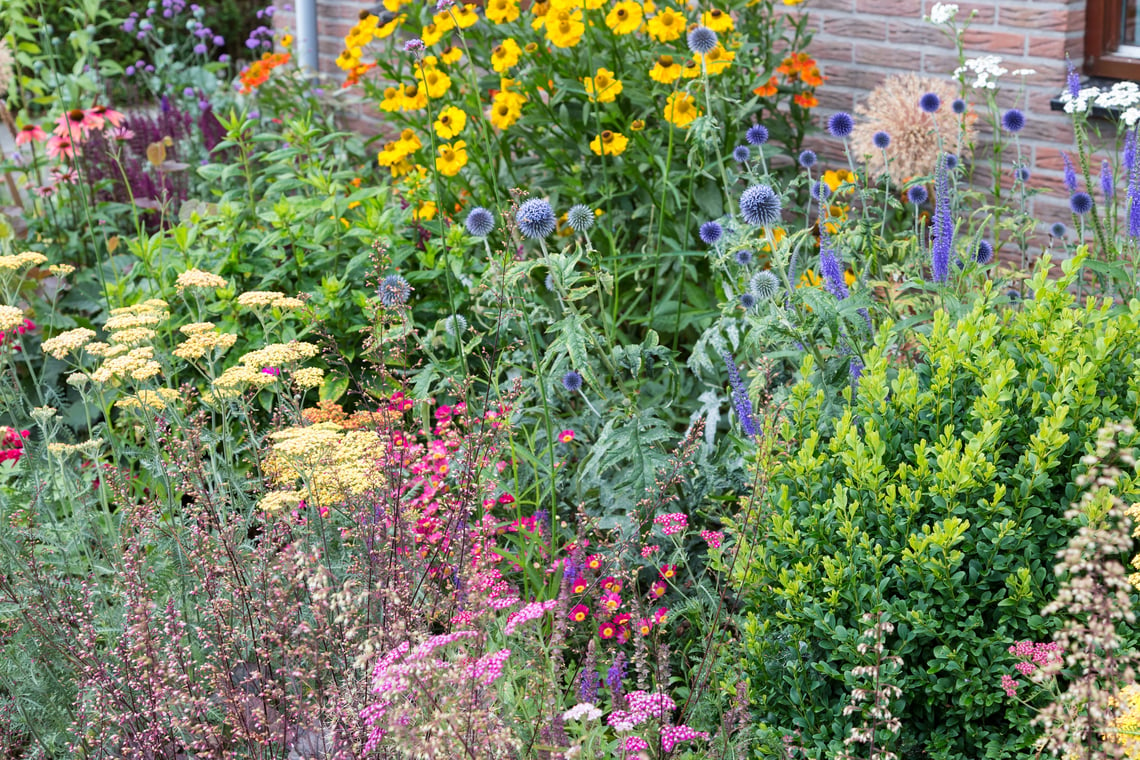
.jpg)




















